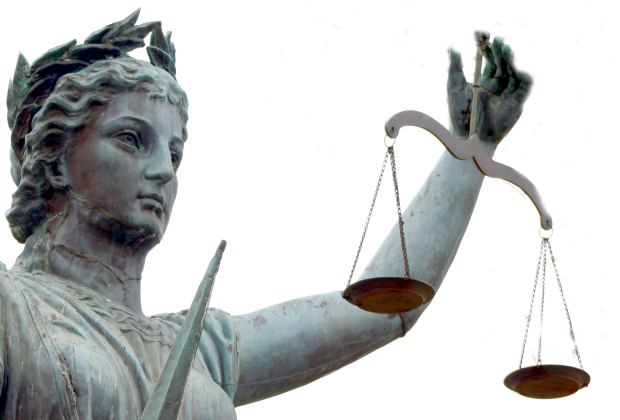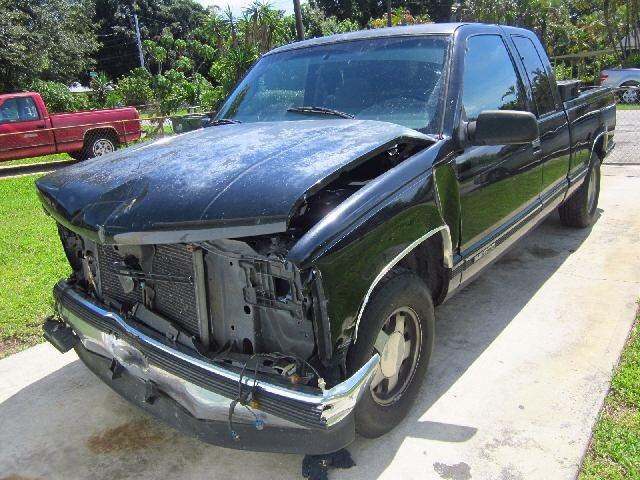 Corporate America has campaigned for more than thirty years to brainwash average people into believing that America’s civil justice system is a bad thing. Sadly, the campaign has worked, fostering views contrary to one of the most fundamental principle on which America was founded: that the courts are to be a neutral forum in which the small can take on the big. Reference: We the People.
Corporate America has campaigned for more than thirty years to brainwash average people into believing that America’s civil justice system is a bad thing. Sadly, the campaign has worked, fostering views contrary to one of the most fundamental principle on which America was founded: that the courts are to be a neutral forum in which the small can take on the big. Reference: We the People.
The purpose of this blog is to build a resistance to the propaganda through education. Ignorance is not bliss when basic civil rights hang in the balance.
What is the civil justice system? It is the system individuals and corporations use for redressing alleged wrongs. The fundamental components of the system are judges, juries, and lawyers.
What is a “tort”? A tort is harm caused intentionally or by negligence. The best known torts involve personal injuries, but can include other types of damages. The aggrieved party, the Plaintiff, sues the Defendant, for monetary damages.
Aren’t these personal injury or “tort” lawsuits flooding the courts? No. Tort cases make up only 6 percent of the entire civil court caseload and they are decreasing. The National Center for State Courts shows a 21 percent decline in tort filings from 1996 to 2005. Richard LaFountain et al., Examining the Work of State Courts: A National Perspective from the Court Statistics Project (National Center for State Courts 2009) at 1, 2. (The Court Statistics Project is a joint project of the Conference of State Court Administrators, the U.S. Department of Justice’s Bureau of Justice Statistics and the National Center for State Courts.)
- Only 10 percent of injured Americans ever file a claim for compensation, which includes informal demands and insurance claims. Only two percent file lawsuits. David A. Hyman and Charles Silver, “Medical Malpractice Litigation and Tort Reform: It’s the Incentives, Stupid,”59 Vand. L. Rev. 1085, 1089 (May 2006) (citing Thomas F. Burke, Lawyers, Lawsuits, and Legal Rights: The Battle over Litigation in American Society 3 (2002));Rand Institute for Civil Justice, Compensation for Accidental Injuries in the United States (1991).
- Academics generally concede there is no evidence that “frivolous” lawsuits are a problem.
- In 1999, the Institute of Medicine (IOM) concluded that between 44,000 and 98,000 Americans die each year (and 300,000 are injured) due to avoidable medical errors in hospitals alone. Yet eight times as many patients are injured as ever file a claim; 16 times as many suffer injuries as receive any compensation. The Harvard School of Public Health closely examined 1,452 closed claims and concluded that “[p]ortraits of a malpractice system that is stricken with frivolous litigation are overblown.” David M. Studdert et al., “Claims, Errors, and Compensation Payments in Medical Malpractice Litigation,” New England Journal of Medicine, May 11, 2006. The study found that most injuries resulting in claims were caused by medical error, and that those that weren’t were, nevertheless, not “frivolous” claims.
- In 2005, tort jury and bench trials together constituted 1.3 percent of all general civil dispositions in 79 jurisdictions reporting and 3.5 percent of all tort dispositions in 104 jurisdictions reporting.
What is “tort reform”? This term refers to laws that benefit the corporate sector. These laws make it more difficult for injured people to sue in civil court, or limit the power of judges and juries to make decisions in tort cases. (See these examples: 2010 Florida Legislature Further Curtails the Rights of Medical Malpractice Victims; Vehicle Owners – Other Than Rental Agencies – Vicariously Liable Under Florida Law.)
But isn’t it easy to “win” money in a lawsuit by forcing the other side (usually an insurance company) to settle? No. Insurance companies do not settle frivolous cases. For example, Duke University Law Professor Neil Vidmar found in his research: “In interviews with liability insurers that I undertook in North Carolina and other states, the most consistent theme from them was: ‘We do not settle frivolous cases!’ The insurers indicated that there are minor exceptions, but their policy on frivolous cases was based on the belief that if they ever begin to settle cases just to make them go away, their credibility will be destroyed and this will encourage more litigation.”
Continue reading
 “Rabbit from a hat.” That’s the description I have given to a case we recently handled with Domnick & Shevin PL.
“Rabbit from a hat.” That’s the description I have given to a case we recently handled with Domnick & Shevin PL.  Florida Injury Attorney Blawg
Florida Injury Attorney Blawg








